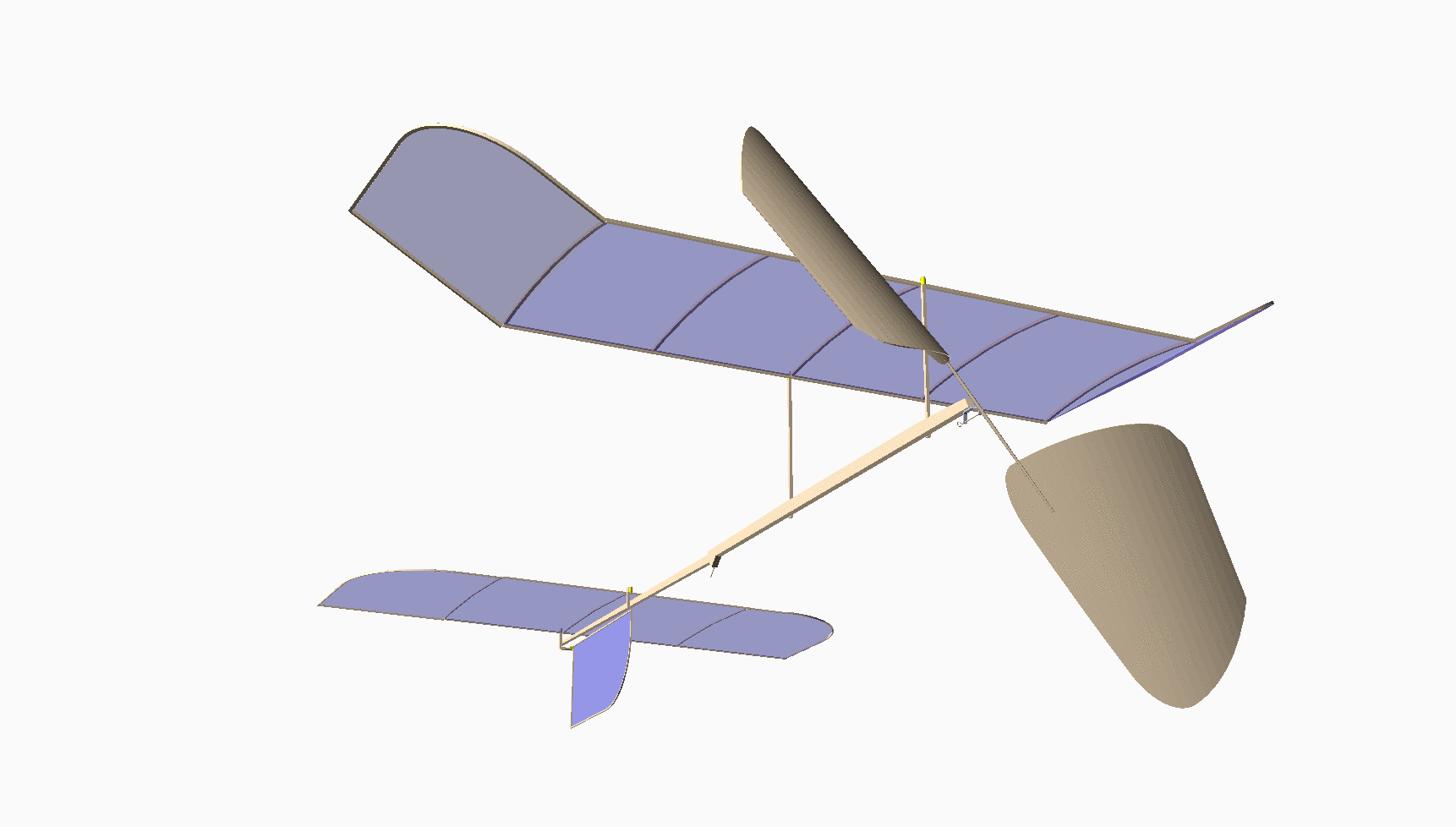Setting up a Python Project#
This note details how I set up a Python project on my Mac systems. I will add notes on doing the same setup on WIndows soon!
Step 1. Create a project directory:#
All projects should be contained under a single directory. I use a directory named _dev* on my systems for all active projects:
$ mkdir ~/_dev/jupyter-project
$ cd ~/_dev/jupyter-project
You should create a project name to help you remember what this project is about. Do not just use Project1 or something similar, you will never remember what that project was about later!
Step 2. Create the local directories needed:#
Most of my Python projects use Jupeterlab for testing code snippets, and creating documentation. Here are subdirectories I usually create.
$ mkdir -p book/images
$ mkdir docs
$ mkdir src
$ touch docs/.nojekyll
That last line is needed if you use GitHub to publish your notes. This is a free website for developers who use GitHub.
These directories hold basic project files:
book - This is where Jupyter Notebook files will be located
images - all graphics assets live here
docs - HTML files end up here by the build process. GitHub can publish these on the web.
src: This is where *Python source code will be stored
Step 3. Create the working Python environment#
These steps create a Virtual Environment to isolate this project from others in the development system.
$ ~/_sys/PYPROJ/bootstrap.sh
$ make help
$ make pyprep
This script copies files from a directory on my system where I keep template files used in many projects. These will be detailed later.
The system I set up for make separates a Makefile into components related to different tools you might wish to use. The make help command displays the availabile commands pre-configured for this setup.
Step 4. Install Python Project Requirements#
At this point, review the requirements.in file. It has been pre-configured for a basic Jupyter project. You will need to list any Python support libraries you need for this project.
Since I use make for many tasks, here is how I install these requirements. (Look at the mk directory to see the Makefile components that do the real work.
$ make pyreqs
